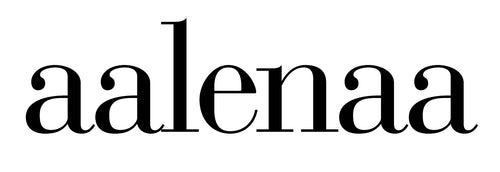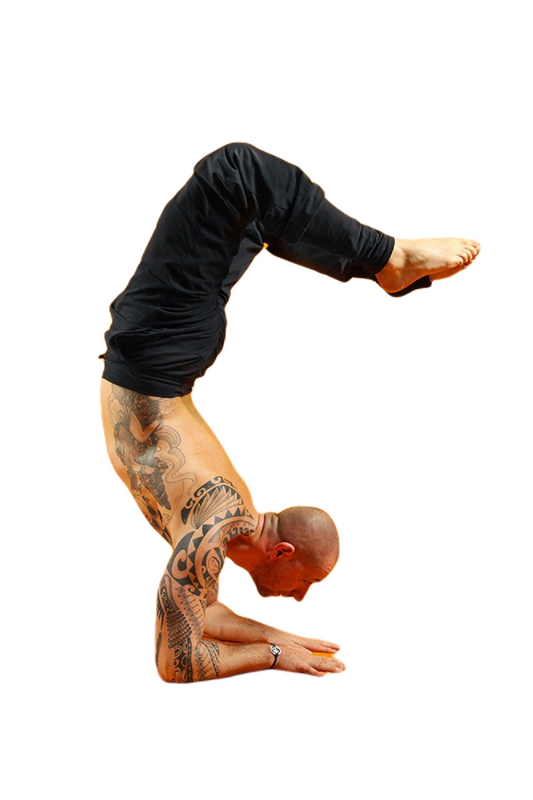Namaste
What does Namaste mean?
Namaste comes from Sanskrit and means translated: I bow to you.
"Nama" means to bow, "as" = I, "te" = you
Namaste stands for the conviction that there is a divine spark in every human being, in the heart chakra.
Namaste is enough of a gesture to energetically bring two individuals together in a place of connection and timelessness. Namaste can be a symbol of gratitude and respect as well as a meditation.
How does Namaste work?
Among western yogis and yoginis, namaste is formulated as a word. In Hinduism, Namaste is replaced by Anjali Mundra , a greeting gesture similar to our handshake. Anjali Mundra or Namaste as a gesture: we put the palms together in front of the heart chakra (the chest). Close your eyes and bow your head to your heart. Namaste can also be expressed in the second variant. You bring your hands together in front of the 3rd eye, the energy center, bow your head and then lower your hands to the heart chakra. With this gesture you show a lot of respect and respect.
How does Namaste serve as a meditation?
Namaste as a meditation helps you to delve deeper into the heart chakra. We bring our hands together in front of the heart chakra , this increases the flow of divine love, lower our head and close our eyes, so our spirit can surrender in the heart.
Why is Namaste a symbol of gratitude and respect?
Namaste is usually the farewell to each yoga class. But also the respect and gratitude between yoga teacher and student. At the end of the yoga class, the mind is calmed and more peaceful than at the beginning. The energy and truth that we are all one when we listen to our heart can flow.
Namaste and Yoga - why?
Calmness, relaxation, gratitude, attention, respect, mindfulness and self-love, gathering energy - you can find all of this in yoga. Namaste expresses it in a gesture.















